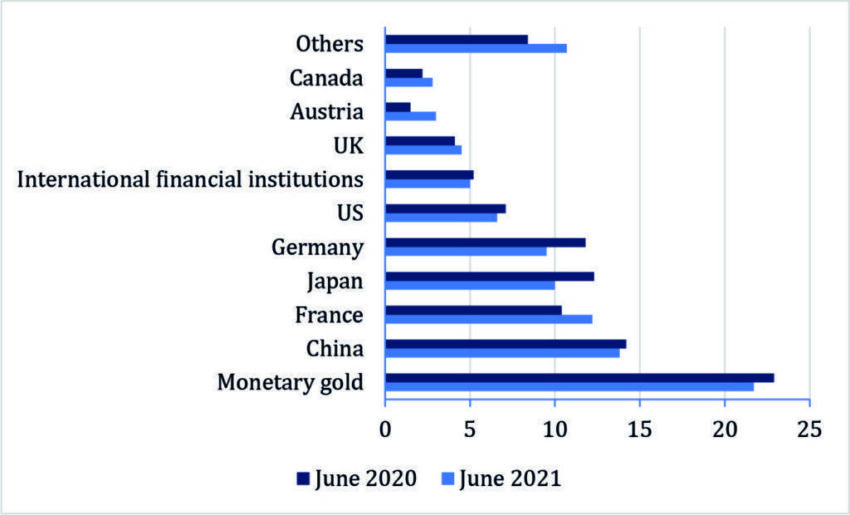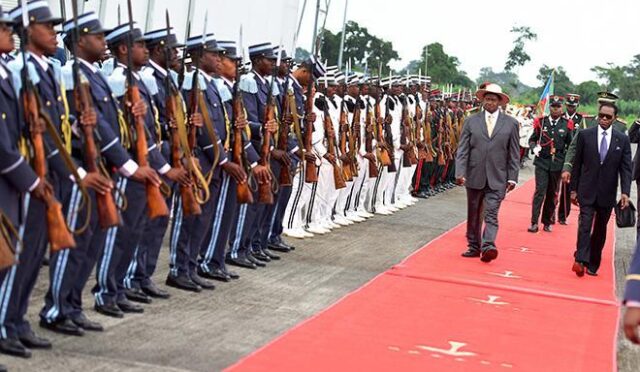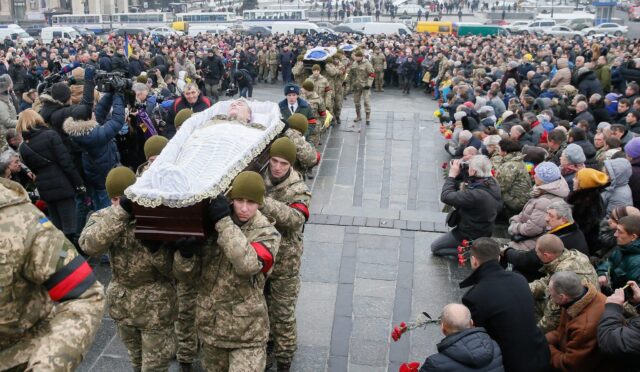Frozen Russian Assets to Assist Ukraine’s Defense
France has announced plans to use revenue generated from frozen Russian assets to maintain approximately 60 Caesar howitzers that have been supplied to Ukraine. This decision was revealed by France’s Foreign Minister, Jean-Noel Barrot, during a visit to Lviv, in western Ukraine, where EU foreign ministers gathered to support the establishment of a special tribunal aimed at prosecuting Russian leaders for their actions during the 2022 invasion.
This initiative is part of a larger effort by the European Union and G7 nations, which have collectively frozen around 300 billion euros (approximately $327 billion) in Russian Central Bank assets, along with private holdings such as yachts and real estate. Minister Barrot emphasized that mobilizing these funds would ensure the ongoing maintenance and effectiveness of the Caesar howitzers, bolstering Ukraine’s defense against ongoing Russian assaults.
EU’s Commitment to Strengthening Ukraine
During the same meeting in Lviv, EU foreign ministers underscored their commitment to Ukraine by announcing an additional one billion euros aimed at enhancing the country’s defense infrastructure. The EU’s top diplomat, Kaja Kallas, articulated the bloc’s desire for peace, criticizing Russian President Vladimir Putin for being the principal obstacle in the path to negotiations. Barrot reiterated this sentiment, highlighting the urgent need for pressure to be placed on Moscow to comply with calls for a ceasefire.
The timing of these announcements coincided with a significant military parade in Moscow, where President Putin, alongside key allies including China’s President Xi Jinping, proclaimed Russia’s commitment to victory in Europe. This backdrop further amplifies the urgency with which European leaders are responding, especially in light of U.S. President Donald Trump’s threats to reconsider American support for Ukraine.
Utilizing Frozen Assets for Military Aid
As the situation develops, EU countries are increasingly leveraging income from frozen Russian assets to support Ukraine, providing both arms and financial resources for its reconstruction. This approach is estimated to yield between 2.5 and 3 billion euros annually, strengthening Ukraine’s military capabilities and aiding in its post-war recovery efforts. The use of these funds not only helps supply critical military equipment but also signals a united front among European nations regarding their commitment to Ukraine’s sovereignty.
With ongoing tensions and potential future negotiations, European leaders are keen to reinforce Ukraine’s position. The continued utilization of frozen Russian assets represents a strategic move not only to support Ukraine militarily but also to send a clear message to the Kremlin regarding the consequences of its aggression.






